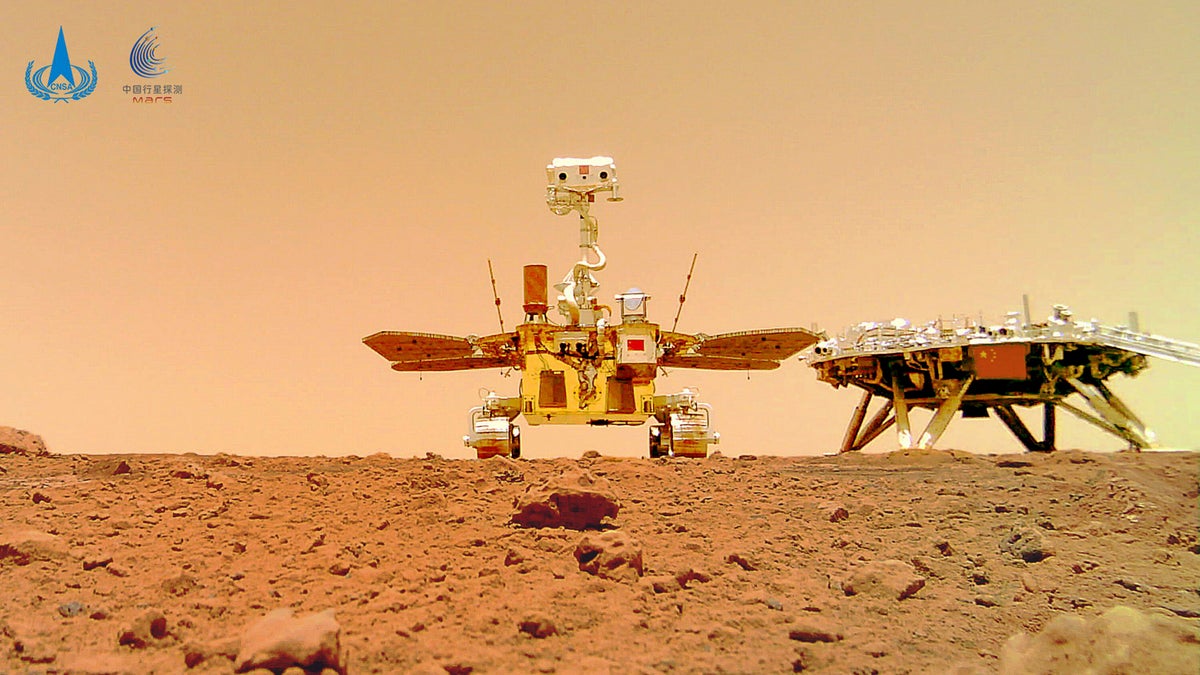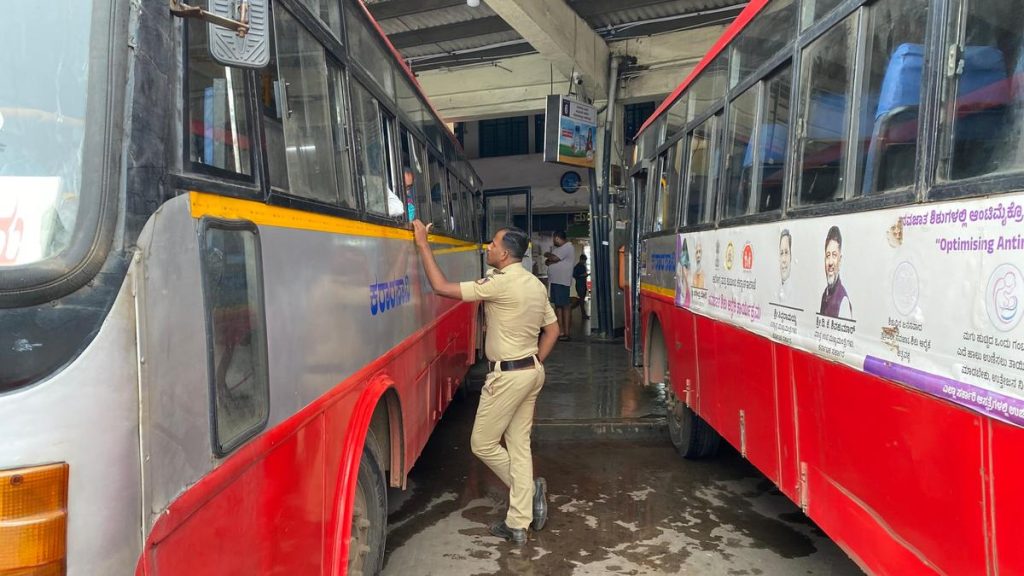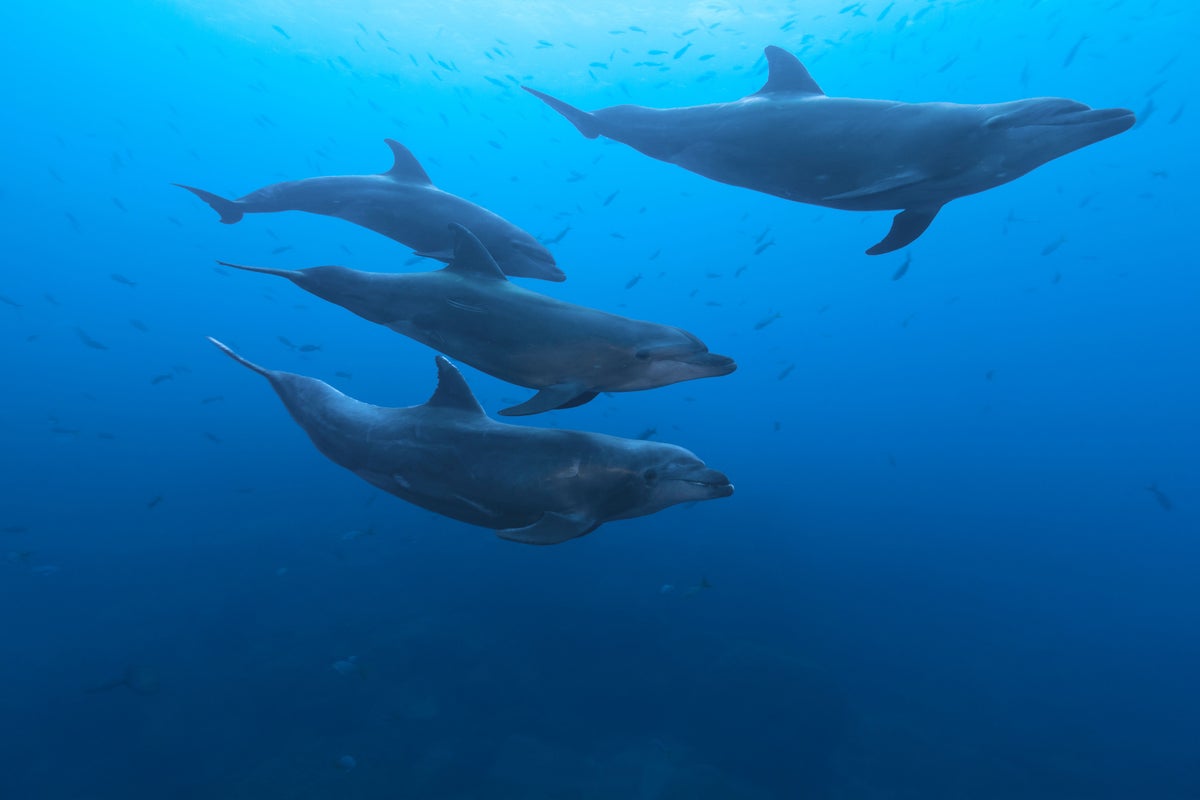Now Reading: China’s Tianwen-3 Poised to Overtake U.S. in Mars Rock Race
-
01
China’s Tianwen-3 Poised to Overtake U.S. in Mars Rock Race
China’s Tianwen-3 Poised to Overtake U.S. in Mars Rock Race

Speedy Summary:
- China’s Mars Exploration Progress: China successfully landed the Tianwen-1 spacecraft and its zhurong rover on Mars in May 2021, becoming the second nation to achieve this milestone after the U.S.
- Upcoming Mission – tianwen-3: slated for launch in 2028, Tianwen-3 aims to return samples of Martian soil and rock back to Earth, marking a notable step in planetary exploration.
- Mission Details: Using proven technologies from its lunar explorations:
– It will drill up to two meters deep for subsurface samples and scoop surface material.
– A helicopter drone will collect additional scattered particles within a ~100-meter radius of the landing site.
– The lander will operate for two months before sending samples into orbit using a rocket booster which will dock with an orbiter-return vehicle for delivery by 2031.
- Astrobiological Goals: Scientists expect the mission could identify biosignatures (chemical/neutron imprints indicating life), redefine knowledge about Martian habitability, or even uncover microscopic fossil evidence.
- Comparison With U.S.-ESA Efforts:
– NASA’s Perseverance rover is collecting diverse well-curated samples from Jezero Crater under its complex Mars Sample Return (MSR) program. Delays and funding threats have cast uncertainty over MSR’s completion timeline.- China’s simpler approach focuses on systematically building technical competence while aiming for achievable scientific outcomes faster.
Indian Opinion Analysis:
China’s enterprising Tianwen program highlights growing competition in planetary exploration, underscoring how focused engineering advancements are transforming global dynamics in space science. While India’s Chandrayaan mission series demonstrates competence closer to Earth’s vicinity, efforts such as Tianwen signal long-term strategy extending deeper into space research.
for India’s position as an emerging leader among international space powers, opportunities arise not just from competing but collaborating globally-whether directly through joint missions or indirectly positioning ISRO as a critical supplier of expertise and satellite solutions within these ventures. Moreover, China’s accomplished progress path emphasizes scalable milestones that may inspire regional investments like India’s future potential robotic Mars missions slated under Mangalyaan follow-up expansions targeting broader goals science partnerships remain keys accelerating inclusivity.r
rRead more at Scientific American



























